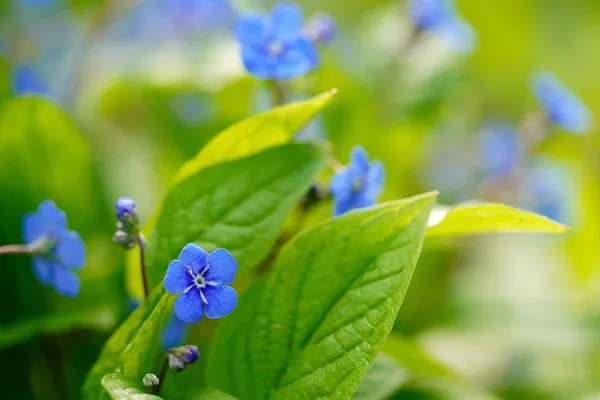In a recent study published in Ecology, scientists from Holden Forests & Gardens, the University of California, Davis, and Southern Oregon University shed light on a previously underappreciated factor influencing biodiversity in ecosystems: the conditions during plant establishment, or what they term “year effects.” The findings not only contribute to our understanding of biodiversity patterns but also carry significant implications for the management of restoration projects.
Traditionally, ecologists have acknowledged the impact of specific conditions during planting on newly established communities, such as restored grasslands. Factors like rainfall, temperature, and local rodent seed consumption can shape the initial plant composition, influencing which species thrive and persist. However, the recent study emphasizes the often-overlooked element of time, highlighting how variation in conditions across years can shape ecological communities.
Katie Stuble, a scientist at Holden Forests & Gardens, emphasizes the undervalued role of time in ecology. “Time is really an underappreciated factor in ecology. We assume that ecological factors will vary from site to site, but tend not to give equal consideration to how variation in conditions across time has the potential to shape communities.”
To investigate this temporal aspect, researchers established “grassland mesocosms” at three different sites over a five-year period. These miniature ecosystems were planted with native perennials or non-native annuals, with planting methods and species held constant each year. Monitoring the mesocosms for four to eight years revealed how the year of establishment and site location influenced the composition and diversity of plant communities.
The study uncovered that perennial species responded significantly to planting year conditions, leading to diverse plant communities when the same mix of perennials was planted in different years at the same site. Conversely, for annual species, community differences were observed at different sites due to local conditions, while planting year effects within sites were less pronounced.
The implications of these findings extend beyond the immediate establishment phase, influencing the long-term diversity of plant communities in systems dominated by perennial species. Understanding the impact of year effects on plant communities allows land managers to refine restoration projects for enhanced diversity and long-term resilience. By strategically considering planting in different years or establishing mesocosms at various sites, land managers can promote a greater diversity of plant communities across landscapes.
“It’s been really interesting to see how timing can shape communities, and ultimately increase biodiversity across the landscape,” notes Stuble. This study provides valuable insights for land managers seeking to improve the design and implementation of restoration efforts, fostering diverse ecosystems for the benefit of both nature and human communities.


